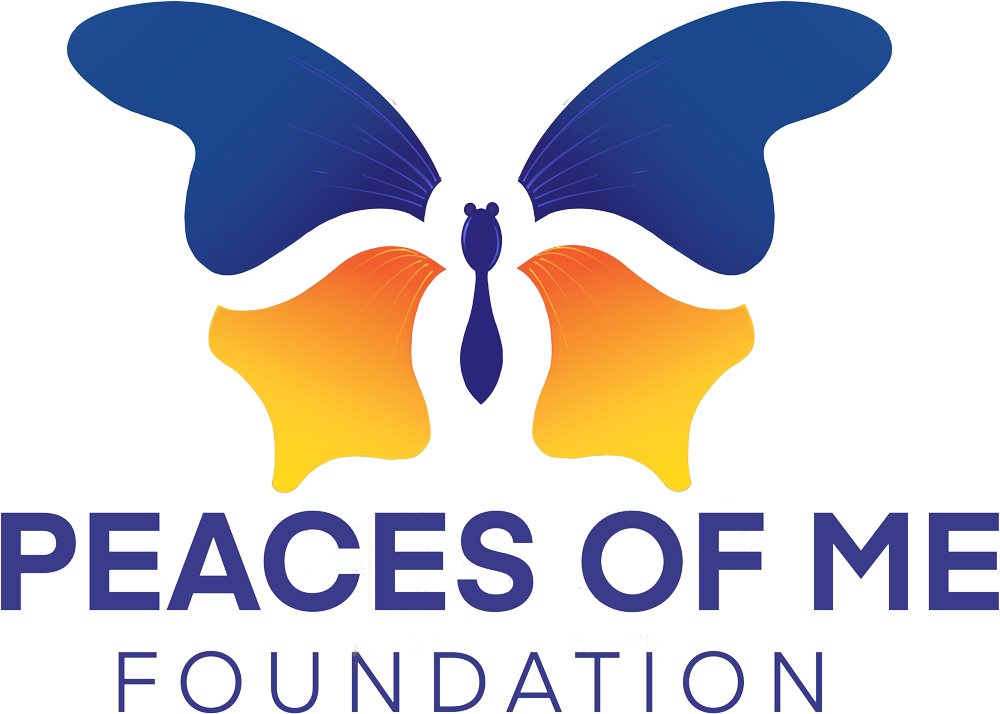As humans, we navigate a maze of communication barriers, diverging perspectives, and competing needs in our daily interactions. Moreover, basic survival requires us to discern the needs, intentions, and objectives of those around us; often with scant information. With that in mind, it is no wonder that our societal aspirations for a more inclusive world frequently fall short of the mark. It is hard to remedy what we do not understand.
As an individual with multiple lifelong disabilities, I have felt the brunt of this struggle on myriad occasions. Things that seem so obvious to me can be foreign to those with different lived experiences. Similarly, it is difficult for my non-disabled peers to articulate their questions and concerns in a way that feels safe to them. This lack of connection leads to a cycle of isolation, shame, and division. A phenomenon that is highly preventable.
In order to dismantle this challenge, we must first acknowledge that all forms of exclusion are not created equal. Lack of inclusion occurs on a spectrum, and each degree requires a unique solution. Understanding the following distinct categories, and their corresponding remedies, with help each of us move forward with greater purpose and precision.
- Perceptual
- What it is: A feeling of isolation that occurs within our own minds, separate from external factors.
- Real-life example: Sometimes I avoid social gatherings in unfamiliar settings, even when my friends will be attending. Although there may not be any tangible evidence that things will go awry, the fear of encountering an uncomfortable situation can supersede the potential advantages of going.
- Why it happens: This is a traumatic response and a defense mechanism arising from previous negative experiences.
- Addressing the issue: In order to get past this obstacle, communication and trust are essential. A little vulnerability and empathy among all parties can go a long way.
- Incidental
- What it is: A barrier that exists despite mitigating measures.
- Real-life example: Building an inaccessible website for your business, because you assume that any barriers will be addressed by other stakeholders.
- Why it happens: Insufficient information and poorly enforced standards.
- How to fix it: Target, actionable, solution-oriented awareness campaigns.
- Misguided
- What it is: Exclusion that arises from a commonly held misconception. In other words, a reasonable person could make this error because societal perceptions have not caught up to reality.
- Real-life example: Failing to invite someone with a disability to game night because you cant imagine how they would enjoy it.
- Why it happens: Negative stereotypes and a general lack of knowledge regarding alternative techniques.
- How to fix it: Anything that teaches allies to be a lot more curious and a lot less skeptical.
- Unreasonable
- What it is: These are the few instances where someone refuses to be educated.
- Real-life example: Fighting against disabled parents having custody of their child, even after they have consistently proven competency.
- Why it happens: Fear that the risks accompanying inclusion create so much danger that intervention is required. When this claim is not backed up by evidence, we call this stigma, and it is profoundly harmful.
- How to fix it: Promote programs and policies that elevate our perspectives. We are subject matter experts on the topic of our own abilities. A reality that should afford our opinion some level of deference in most situations.
- Justified
- What it is: Exclusion that is logical and reasonable.
- Real-life example: Not allowing me (a blind man) to operate a conventional motorized vehicle on public roads.
- Why it happens: Humans are blessed with a plethora of talents and challenges. None of us is capable of doing everything under the sun.
- How to fix it: As universal design becomes more ubiquitous, ability gaps will decrease. For instance, advancements in automation and AI might make it possible for me to safely operate a vehicle some day.
Although the term “discrimination” would be technically correct in most of the scenarios mentioned above, I have chosen to avoid that description due to its negative connotation. Calling something discriminatory conjures images of mean-spirited malcontents bent on depriving us of our rights and forcing us back into asylums. For obvious reasons, this tendency is quite counterproductive.
My goal in writing this piece is to highlight the path toward greater cooperation. In order to build effective bridges, we must first identify the gaps that require such attention. Otherwise, we run the risk of missing the mark. With the right information in our back pockets, we increase our capacity to co-create a more inclusive reality for all.
